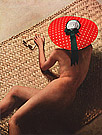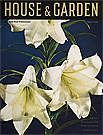Colour sells
In the early 1930s, increasing numbers of coloured products came on the market and it became clear that advertising in colour boosted the sales of not only the products, but also the magazines in which the advertisements appeared. Anton Bruehl was at the forefront of this revolution, having been commissioned in 1931 by Condé Montrose Nast, with photoengraver, photographer and colour specialist Fernand Bourges, to develop a process to produce high-quality colour transparencies for Nast’s specialist colour photoengravers. The partnership resulted in hundreds of brilliant plates that had been made using the Bruehl–Bourges process appearing in Condé Nast’s House & Garden, Vogue and Vanity Fair, as well as in many other magazines. The high circulation of the Condé Nast publications meant that Bruehl’s images were seen by millions of readers. To encourage advertisers to take up colour photography, Condé Nast published a selection of 64 examples of Bruehl–Bourges photographs in a folio, simply titled Color sells.
The Bruehl–Bourges process dominated colour advertising from 1932 until 1938, when Kodachrome sheet film for professional use came on the market. Bruehl worked with Kodachrome and other colour film and print processes from the mid 1930s, and by the 1950s the bulk of his studio work was in colour.


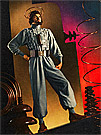
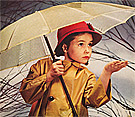
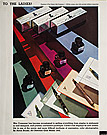
![Anton BRUEHL | not titled [Gear parts] | [c.1935]](images/sml/152417.jpg)
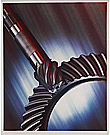
![Anton BRUEHL | not titled [Child tableau, Mary and Joseph with shepherds] | c.1935-39](images/sml/152411.jpg)
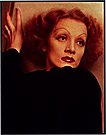
![Anton BRUEHL | not titled [Boy offering bunch of red roses] | c 1937](images/sml/152490.jpg)
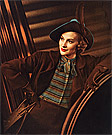
![Anton BRUEHL | not titled [Gene Tierney] | (c.1938)](images/sml/152463.jpg)
